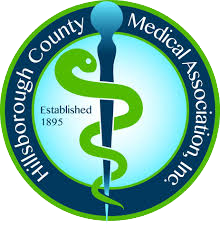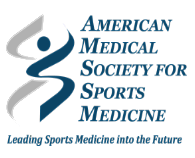
Platelet rich plasma therapy (also known simply as PRP) is an increasingly popular orthopedic treatment—and for good reason. This non-surgical approach focuses on facilitating healing in damaged structures rather than solely targeting symptoms. By using blood platelets to promote the body’s natural healing mechanisms, people with various musculoskeletal issues can experience improved comfort and mobility. But, is this innovative therapy good for arthritis?
While every person is different, PRP therapy can indeed help many people with arthritis. This is particularly true for individuals with low- to moderate-grade knee osteoarthritis—the most common type of arthritis that occurs when cushioning joint cartilage in the knee wears away over time. A study published in the American Journal of Sports Medicine showed that patients who had osteoarthritis experienced a reduction in pain levels one week after receiving PRP therapy. Additionally, these patients reported sustained improvement in pain levels six months after treatment.
The Basics of PRP
So, how does PRP therapy work? It harnesses the power of growth factors, which are substances in the blood that regulate cell division and stimulate healing. The treatment process is relatively simple and takes about 90 minutes to complete:
- A small blood sample is drawn from the patient.
- The blood sample is processed in a special machine called a centrifuge to separate growth factor-rich platelets from other blood components.
- The platelets are highly concentrated for maximum effectiveness and injected into the patient’s arthritic joint to encourage healing.
Because PRP therapy utilizes the patient’s own blood and doesn’t involve potent drugs, the potential side effects and risks of this treatment are minimal. Most patients only experience mild discomfort around the injection site.
It’s important to note that there is no cure for arthritis, which is a degenerative disease. However, treatments like PRP therapy can help slow disease progression, reduce pain, improve mobility, and preserve overall joint health.
PRP Therapy at Tampa Orthopaedic & Sports Medicine Group
PRP therapy is among our specialties at Tampa Orthopaedic & Sports Medicine Group. A division of Florida Medical Clinic and the longest-operating orthopedic clinic in the area, our practice is home to board-certified specialists who excel in arthritis treatment. Our selection of conservative arthritis therapies includes PRP injection, viscosupplementation, stem cell therapy, and other progressive approaches. When clinically appropriate, orthopedic sports medicine surgeon Dr. Daniel Murphy performs joint replacement procedures using time-tested prostheses and muscle-sparing techniques.
Relief from arthritis may be closer than you think! Contact Tampa Orthopaedic & Sports Medicine Group today to learn more about our approach to PRP therapy, arthritis treatment, and how we can help you get back on the move. One of our friendly professionals can schedule you an appointment and direct you to the best physician for your needs, or you can request an appointment online at your convenience. Our team accepts most health insurance plans, including Medicare, and is here to answer any questions you may have.












